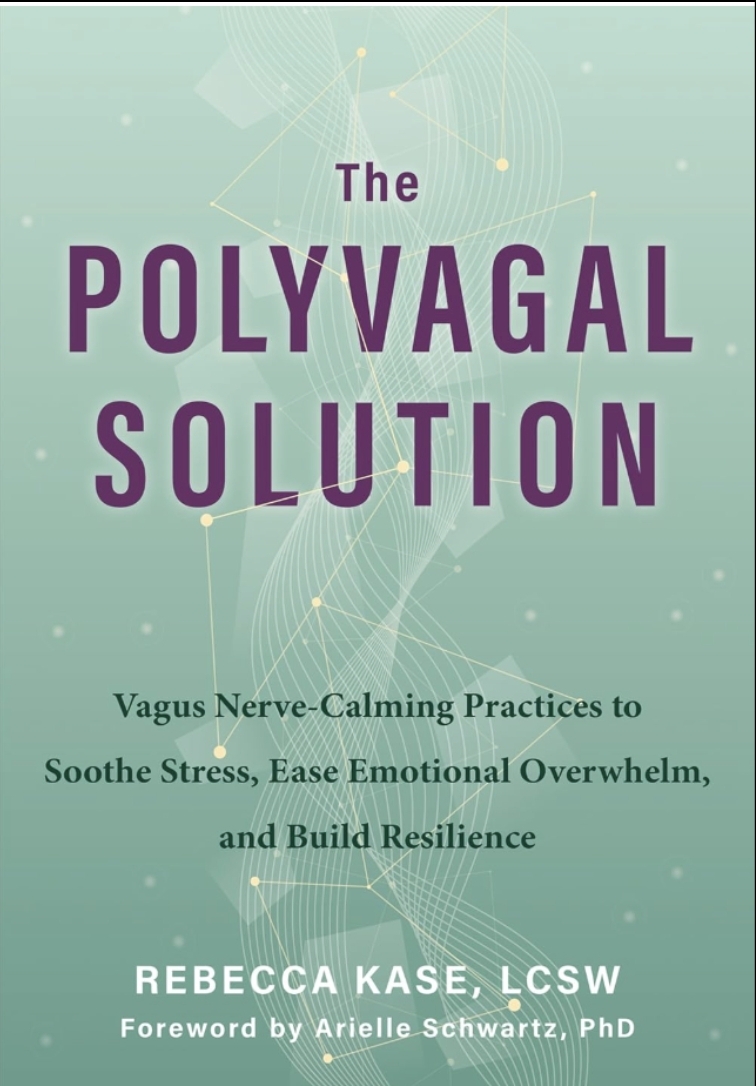Lifestyle
Sink or Swim; Renowned Artist Fatma Al Shebani’s Early Work in Painting

In life, one truly has just two options. Sink or swim. Most would like to think they would swim and yet most end up sinking, stuck in a place they never really intended to be. After being trapped by societal standards and traditions, contemporary artist Fatma Al Shebani chose to swim. With that choice, she placed herself in society’s line of fire and opened herself up to the art world’s criticism. She rebelled, broke barriers, and made a name for herself.
For over 15 years she has reached people across the world with her art. From Qatar to the Western world and to Palestine, there remains little doubt that she has left a significant impact and solidified her place in the art world. The unique style and voice behind her paintings and sculptures have allowed her to stand out. Every piece she creates retains a piece of herself through the story she aims to construct. Still, much like anything worthwhile, she traveled a long and winding road to accomplish all that she has.

Art always constituted a major part of Shebani’s life. From a young age, she painted and wrote poetry. Her pursuit of higher education at Qatar University also centered around art. Shebani claims that her studying art at university was a pure coincidence, but it nevertheless demonstrates her deep connection with the craft. Art was, perhaps, ingrained in her. The need to create has seemingly always flowed through her veins and intertwined with her soul. Even without consciously deciding to pursue a career as a professional artist, Shebani found herself drawn to the creation of art.
As time went on, Shebani’s life took slight detours. She married and started a family. Shebani had no intention of becoming an artist, but she still created and joined group exhibitions. Her separation from her husband in 2003 pushed her to rediscover herself and recalibrate her professional goals. After attaining freedom and deciding to pursue this creative passion, in spite of the views of those around her, she began to truly shine and find her voice. She separated herself from the crowd and carved out a space in which she now expresses herself, however she pleases.

Every artist has a start, Fatma Al Shebani’s journey – like many– began with painting. Now, she is well known for her metal work and sculptures, pieces that bridge traditional and modern Qatari culture. Her paintings, however, from her own perspective hold equal weight in her portfolio. Shebani’s paintings are often seen as unconventional. She broke the rules of art much like she broke the many conventions placed on her by society. Through painting, she explores the abstract, while also experimenting with color and texture. She allows her free spirit and curiosity to guide her in creating, which results in dynamic pieces that captivate audiences as they carefully explore every inch of the canvas. Her sculptures tell a story, but her paintings reveal layers of her ‘true self’.
In every one of Shebani’s paintings, it is difficult to know exactly where to look first. The paint itself acts to guide the viewer, drawing their eyes to certain parts as though they move through a world of Shebani’s creation. The broad range of colors used in each piece only adds to the creation. Often, the color schemes she employs consist of gentle hues, both warm and cool, but, on occasion, her work makes use of bright, eye-catching, contrasted colors. Shebani demonstrates breadth solely through the many different color combinations she utilizes. Her experimentation with color reflects her own constant personal evolution and willingness to embrace change. Every piece is different and reflects a different aspect of her identity.

Like color, texture and dimension play a major role in her painting process. When one thinks of paintings on canvas it can be difficult to imagine anything other than a 2D piece of art. Shebani breaks that boundary through exaggerated texture. There is a certain depth and physicality to the art she creates. Once again, she shifts from typical conventions in order to bring something new to her audience. She does not shy away from being different and creating something ‘unusual’. Instead, she embraces her defiant nature, going against the grain and doing so masterfully
Shebani once floated idly, slowly sinking into a life that never suited her. Eventually, she dived deep into the oceans of the art world and took control of her narrative. Her start was slow, but once she recognized her true calling, her art began to shine in new and exciting ways. At first glance, her abstract art may seem purely aesthetic in value, however, when one takes into consideration the personality behind the work, the disparate dimensions of the artist become apparent.
Lifestyle
The Missing Piece in Self-Help? Why This Book is Changing the Wellness Game

Self-help shelves are full of advice — some of it helpful, some of it recycled, and most of it focused on “mindset.” But Rebecca Kase, LCSW and founder of the Trauma Therapist Institute, is offering something different: a science-backed, body-first approach that explains why so many people feel struck, overwhelmed, or burned out — and what they can actually do about it.
A seasoned therapist and business leader, Kase has spent nearly two decades teaching others how to navigate life through the lens of the nervous system. Her newest book, “The Polyvagal Solution,” set to release in May 2025, aims to shake up the wellness space by shifting the focus away from willpower and onto biology. If success has felt out of reach — or if healing has always seemed like a vague concept — this book may be the missing link.
A new way to understand stress and healing
At the heart of Kase’s approach is polyvagal theory, a neuroscience-based framework that helps explain how our bodies respond to safety and threat. Developed by Dr. Stephen Porges, polyvagal theory has transformed the way many therapists understand trauma, but Kase is bringing this knowledge to a much wider audience.
“The body always tells the truth,” Kase says. “If you’re anxious, exhausted, or always in overdrive, your nervous system is asking for support, not more discipline.”
“The Polyvagal Solution” makes this complex theory digestible and actionable. Instead of promising quick fixes, Kase offers strategies for regulating the nervous system over time, including breathwork, movement, boundaries, and daily practices that better align with how the human body functions. It’s less about pushing through discomfort and more about learning to tune in to what the body needs.
From clinical expertise to business insight
What sets Kase apart isn’t just her deep understanding of trauma but how she blends that knowledge with real-world experience as a business owner and leader. As the founder of the Trauma Therapist Institute, she scaled her work into a thriving company, all while staying rooted in the values she teaches.
Kase has coached therapists, executives, and entrepreneurs who struggle with burnout, anxiety, or feeling disconnected from their work. Regardless of who she works with, though, her message remains consistent: the problem isn’t always mindset — it’s often regulation.
“Success that drains you isn’t success. It’s survival mode in disguise,” Kase explains. Her coaching programs go beyond traditional leadership training by teaching high achievers how to calm their nervous systems, enabling them to lead from a grounded place, not just grit.
Making the science personal
For all her clinical knowledge, Kase keeps things human. Her work doesn’t sound like a lecture but rather like a conversation with someone who gets it. That’s because she’s been through it herself: the long hours as a therapist, the emotional toll of supporting others, the realities of building a business while managing her own well-being.
That lived experience informs everything she does. Whether she’s speaking on stage, running a retreat, or sharing an anecdote on her podcast, Kase has a way of weaving humor and honesty into even the heaviest topics. Her ability to balance evidence-based practice with practical advice is part of what makes her voice so compelling.
Kase’s previous book, “Polyvagal-Informed EMDR,” earned respect from clinicians across the country. But “The Polyvagal Solution” reaches beyond the therapy community to anyone ready to understand how their body is shaping their behavior and how to create real, sustainable change.
Why this message matters
We’re in a moment where burnout is common and overwhelm feels normal. People are looking for answers, but many of the tools out there don’t address the deeper cause of those feelings.
That’s where Kase’s work lands differently. Instead of telling people to “think positive” or “try harder,” she teaches them how to regulate their own biology. And in doing so, she opens the door for deeper connection, better decision-making, and more energy for the things that matter.
As more workplaces begin to embrace trauma-informed leadership, more individuals are seeking solutions that go beyond talk therapy and motivational content. Kase meets that need with clarity, compassion, and a toolkit rooted in both science and humanity.
A grounded approach to lasting change
What makes “The Polyvagal Solution” stand out is its realism. It doesn’t ask readers to overhaul their lives but instead asks them to listen — to pay attention to how their bodies feel, how their stress patterns manifest, and how even small shifts in awareness can lead to significant results over time. Whether you’re a therapist, a team leader, or someone trying to feel more at ease in your own skin, this book offers a way forward that feels both grounded and achievable.
Rebecca Kase isn’t just adding another title to the self-help genre. She’s redefining it by reminding us that we don’t have to muscle our way through life. We just have to learn how to work with, not against, ourselves.
And maybe that’s the real game-changer we’ve been waiting for.
-

 Tech4 years ago
Tech4 years agoEffuel Reviews (2021) – Effuel ECO OBD2 Saves Fuel, and Reduce Gas Cost? Effuel Customer Reviews
-

 Tech6 years ago
Tech6 years agoBosch Power Tools India Launches ‘Cordless Matlab Bosch’ Campaign to Demonstrate the Power of Cordless
-

 Lifestyle6 years ago
Lifestyle6 years agoCatholic Cases App brings Church’s Moral Teachings to Androids and iPhones
-

 Lifestyle4 years ago
Lifestyle4 years agoEast Side Hype x Billionaire Boys Club. Hottest New Streetwear Releases in Utah.
-

 Tech7 years ago
Tech7 years agoCloud Buyers & Investors to Profit in the Future
-

 Lifestyle5 years ago
Lifestyle5 years agoThe Midas of Cosmetic Dermatology: Dr. Simon Ourian
-

 Health6 years ago
Health6 years agoCBDistillery Review: Is it a scam?
-

 Entertainment6 years ago
Entertainment6 years agoAvengers Endgame now Available on 123Movies for Download & Streaming for Free
